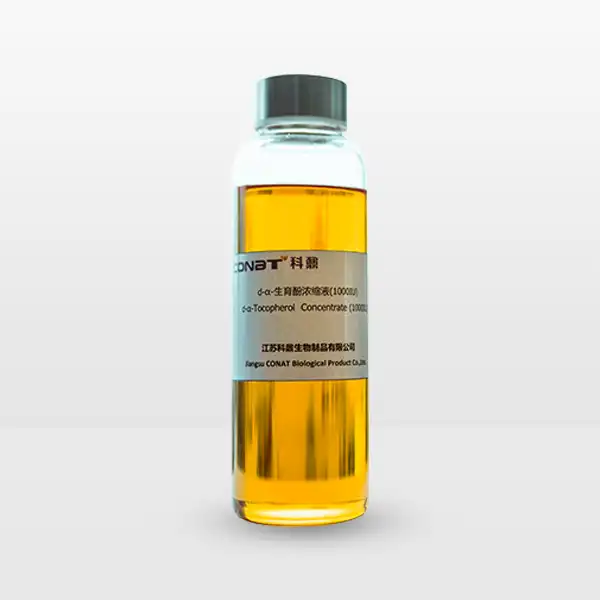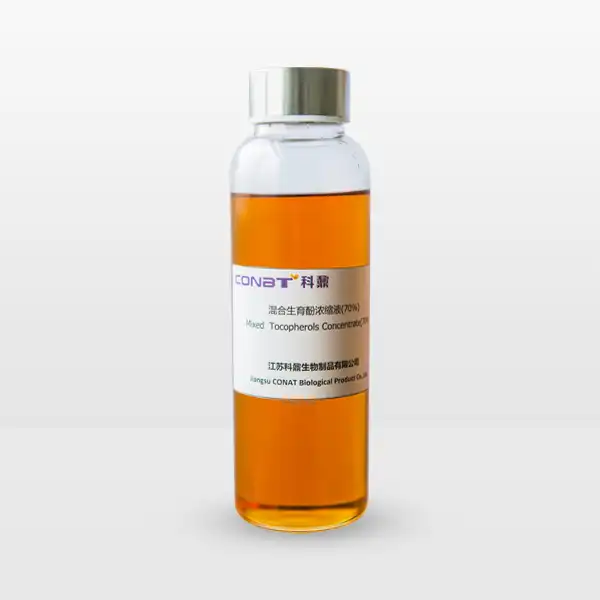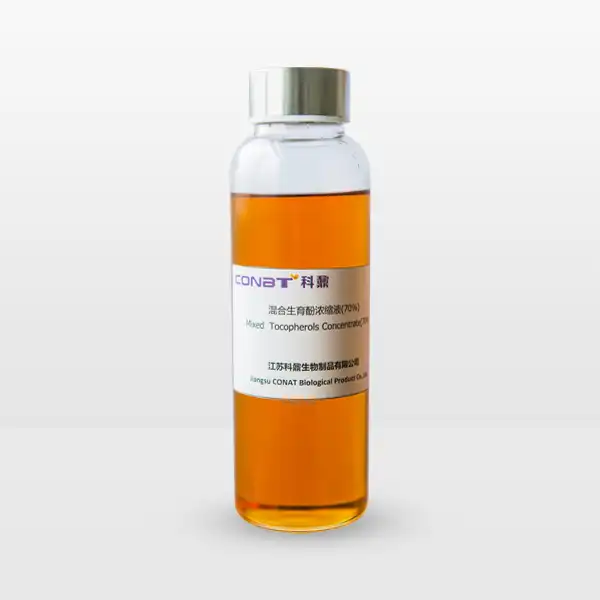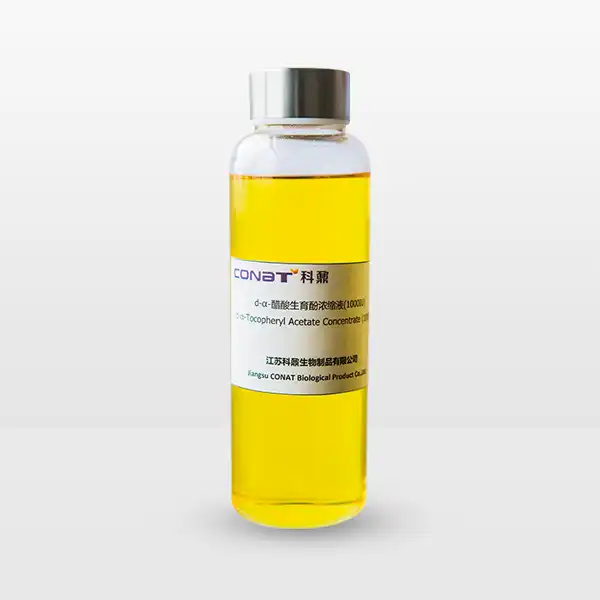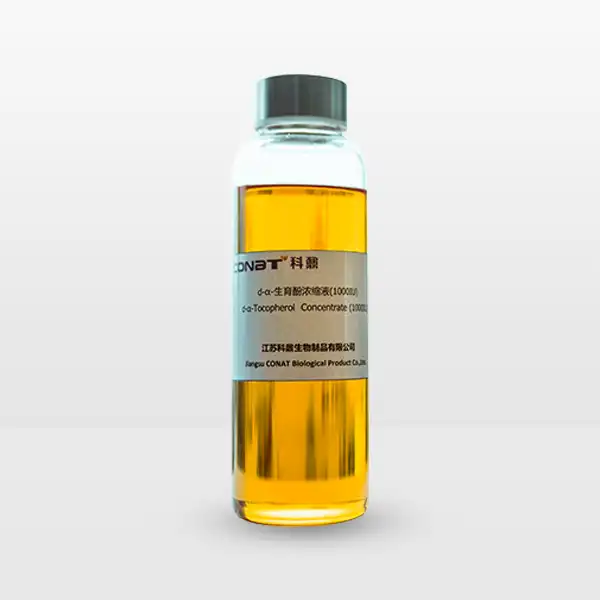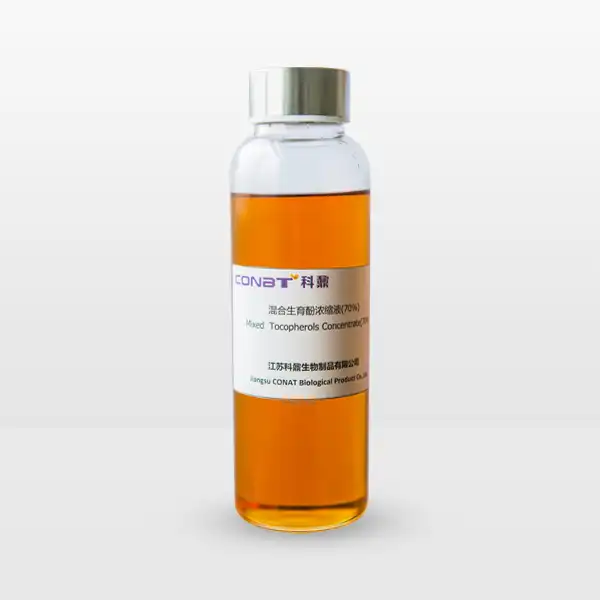- English
- French
- German
- Portuguese
- Spanish
- Russian
- Japanese
- Korean
- Arabic
- Greek
- German
- Turkish
- Italian
- Danish
- Romanian
- Indonesian
- Czech
- Afrikaans
- Swedish
- Polish
- Basque
- Catalan
- Esperanto
- Hindi
- Lao
- Albanian
- Amharic
- Armenian
- Azerbaijani
- Belarusian
- Bengali
- Bosnian
- Bulgarian
- Cebuano
- Chichewa
- Corsican
- Croatian
- Dutch
- Estonian
- Filipino
- Finnish
- Frisian
- Galician
- Georgian
- Gujarati
- Haitian
- Hausa
- Hawaiian
- Hebrew
- Hmong
- Hungarian
- Icelandic
- Igbo
- Javanese
- Kannada
- Kazakh
- Khmer
- Kurdish
- Kyrgyz
- Latin
- Latvian
- Lithuanian
- Luxembou..
- Macedonian
- Malagasy
- Malay
- Malayalam
- Maltese
- Maori
- Marathi
- Mongolian
- Burmese
- Nepali
- Norwegian
- Pashto
- Persian
- Punjabi
- Serbian
- Sesotho
- Sinhala
- Slovak
- Slovenian
- Somali
- Samoan
- Scots Gaelic
- Shona
- Sindhi
- Sundanese
- Swahili
- Tajik
- Tamil
- Telugu
- Thai
- Ukrainian
- Urdu
- Uzbek
- Vietnamese
- Welsh
- Xhosa
- Yiddish
- Yoruba
- Zulu
What is Mixed Tocopherols in Dog Food?
Mixed tocopherols are natural compounds that serve as preservatives in dog food while providing essential vitamin E benefits. These substances are derived from natural sources such as vegetable oils, including soybean, sunflower, and corn oil. As a crucial ingredient in premium pet food formulations, mixed tocopherols not only extend the shelf life of dog food but also contribute to your pet's overall health and well-being through their antioxidant properties and nutritional value. In the context of pet food manufacturing, these compounds have become increasingly important as consumers demand more natural and healthier options for their beloved companions.
The incorporation of mixed tocopherols in dog food represents a significant advancement in pet nutrition science, offering a safe and effective alternative to synthetic preservatives. Their presence in pet food formulations addresses both the technical challenges of food preservation and the nutritional requirements of modern dogs. Understanding the role of mixed tocopherols helps pet owners make informed decisions about their dog's nutrition while appreciating the complexity of modern pet food formulation.
How Do Mixed Tocopherols Compare to Synthetic Vitamin E in Pet Food?
Natural mixed tocopherols have gained significant attention in the pet food industry as a superior alternative to synthetic vitamin E supplements. The distinction lies in their molecular structure and bioavailability, which directly affects how efficiently your dog's body can utilize these nutrients. Research has shown that natural mixed tocopherols, comprising alpha-, beta-, gamma-, and delta-tocopherols, demonstrate enhanced absorption rates compared to their synthetic counterparts.
The superiority of natural mixed tocopherols stems from their complex composition, which mirrors the vitamin E found in whole foods. Each tocopherol component brings unique benefits: alpha-tocopherol is known for its powerful antioxidant properties, gamma-tocopherol excels in neutralizing nitrogen-based free radicals, while delta-tocopherol provides excellent stability in food preservation. This natural diversity creates a synergistic effect that synthetic versions cannot replicate.
Clinical studies have demonstrated that dogs absorb natural vitamin E approximately twice as efficiently as synthetic forms. This improved bioavailability means that even lower concentrations of natural mixed tocopherols can provide equivalent or superior nutritional benefits compared to higher doses of synthetic alternatives. Additionally, natural vitamin E extract maintains their potency longer in pet food, ensuring consistent nutrient delivery throughout the product's shelf life.
Pet food manufacturers increasingly favor natural mixed tocopherols because they align with the growing consumer demand for clean-label ingredients. Unlike synthetic preservatives, mixed tocopherols offer a dual benefit of natural preservation and nutritional enhancement, making them an ideal choice for premium pet food formulations. Moreover, their natural origin makes them more environmentally sustainable and aligned with eco-conscious manufacturing practices.
The investment in natural mixed tocopherols by pet food companies reflects a broader industry trend toward premium, natural ingredients that provide multiple benefits. This shift has been driven by mounting evidence of their superior performance and the increasing awareness among pet owners about the importance of natural ingredients in their pets' diets.
Why Are Mixed Tocopherols Essential for Dog Food Preservation?
The role of mixed tocopherols in dog food preservation is fundamental to maintaining product quality and safety. These natural compounds effectively prevent lipid oxidation, which is the primary cause of food spoilage in pet foods containing fats and oils. Understanding their preservation mechanism reveals why they have become indispensable in modern pet food manufacturing.
Mixed tocopherols work by interrupting the chain reaction of oxidation that leads to rancidity. They act as electron donors, neutralizing free radicals that would otherwise trigger a cascade of chemical reactions degrading the food's nutritional value and palatability. This preservation process is particularly crucial in kibble and wet food formulations that contain higher levels of healthy fats and oils.
The effectiveness of mixed tocopherols as preservatives extends beyond simple oxidation prevention. They create a protective barrier around fat molecules, preventing their degradation even under challenging storage conditions. This stability ensures that the nutritional content remains intact from manufacturing through consumption, maintaining the food's freshness, flavor, and nutritional value.
Furthermore, mixed tocopherols demonstrate remarkable heat stability during the extrusion process of kibble manufacturing. This thermal resistance allows them to maintain their preservative properties throughout the production process and during storage, providing consistent protection against spoilage. Their natural origin also means they can withstand variations in pH levels, making them versatile preservatives suitable for different types of dog food formulations.
The preservation capabilities of natural vitamin E extract also contribute to the economic efficiency of pet food production. By extending shelf life naturally, they reduce waste and allow for more flexible distribution networks, ultimately benefiting both manufacturers and consumers. Their stability in various formulations makes them ideal for both dry and wet pet food products, providing consistent preservation across different product lines.
What Are the Health Benefits of Mixed Tocopherols for Dogs?
The health implications of mixed tocopherols in dog food extend far beyond their preservative function. These compounds play a vital role in supporting canine health through various physiological mechanisms, making them an essential component of complete and balanced dog nutrition.
At the cellular level, mixed tocopherols act as powerful antioxidants, protecting cell membranes from oxidative damage caused by free radicals. This protection is particularly crucial for active dogs and senior pets, whose bodies may produce more free radicals due to increased metabolic activity or aging. The antioxidant properties of mixed tocopherols help maintain cellular integrity, supporting overall immune function and promoting longevity.
Mixed tocopherols also contribute significantly to cardiovascular health in dogs. Research has shown that adequate vitamin E levels, provided through mixed tocopherols, help maintain healthy blood vessel function and support proper circulation. This cardiovascular support is especially beneficial for breeds predisposed to heart conditions and older dogs requiring additional cardiovascular care.
The cognitive benefits of mixed tocopherols cannot be overlooked. Studies have demonstrated that consistent intake of vitamin E through natural sources like mixed tocopherols may help maintain cognitive function in aging dogs. The antioxidant properties protect brain cells from oxidative stress, potentially slowing the progression of age-related cognitive decline and supporting mental acuity throughout a dog's life.
Furthermore, mixed tocopherols play a crucial role in maintaining healthy skin and coat conditions. Their ability to protect cell membranes extends to skin cells, helping maintain skin barrier function and promoting a lustrous coat. This benefit is particularly noticeable in dogs with sensitive skin or those prone to seasonal allergies.
The comprehensive health benefits of mixed tocopherols highlight their importance in modern pet nutrition. As natural compounds, they support multiple aspects of canine health while serving as effective preservatives. Their inclusion in pet food formulations represents a perfect blend of functionality and nutritional benefits, making them an invaluable component of quality dog food products.
Recent research continues to uncover new benefits of mixed tocopherols in canine health. Their role in supporting muscle function and exercise recovery has gained attention, particularly in working and athletic dogs. Additionally, their contribution to reproductive health and immune system modulation demonstrates their broad impact on canine well-being.
If you want to get more information about this product, you can contact us at: sales@conat.cn.
References
1. Journal of Veterinary Medicine (2023) "Natural vs. Synthetic Vitamin E in Canine Nutrition"
2. American Journal of Veterinary Research (2023) "Bioavailability of Mixed Tocopherols in Dog Food"
3. International Journal of Food Science & Technology (2022) "Preservation Methods in Pet Food Manufacturing"
4. Veterinary Clinics of North America: Small Animal Practice (2023) "Antioxidants in Canine Health"
5. Journal of Animal Science (2022) "Natural Preservatives in Pet Food Industry"
6. Preventive Veterinary Medicine (2023) "Long-term Effects of Vitamin E Supplementation in Dogs"
7. Food Chemistry (2022) "Stability of Natural Antioxidants in Pet Food"
8. Nutrition Research Reviews (2023) "Mixed Tocopherols: Beyond Preservation"
9. Companion Animal Nutrition Journal (2022) "Clean Label Trends in Pet Food"
10. Journal of Nutritional Science (2023) "Cognitive Benefits of Vitamin E in Senior Dogs"
YOU MAY LIKE
